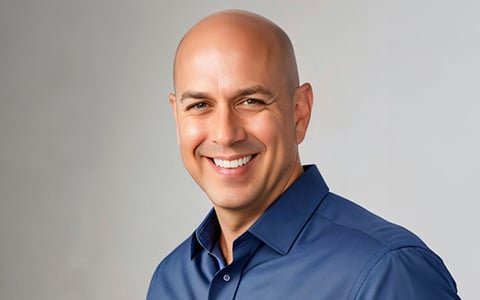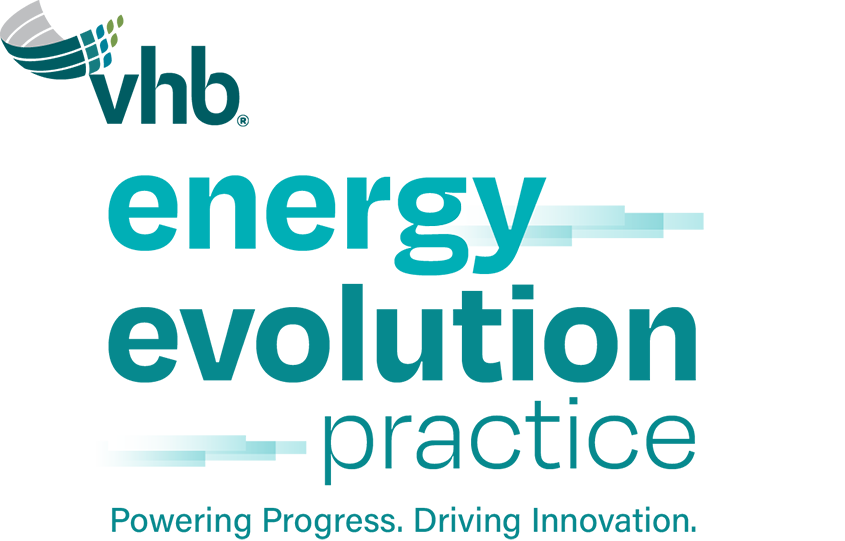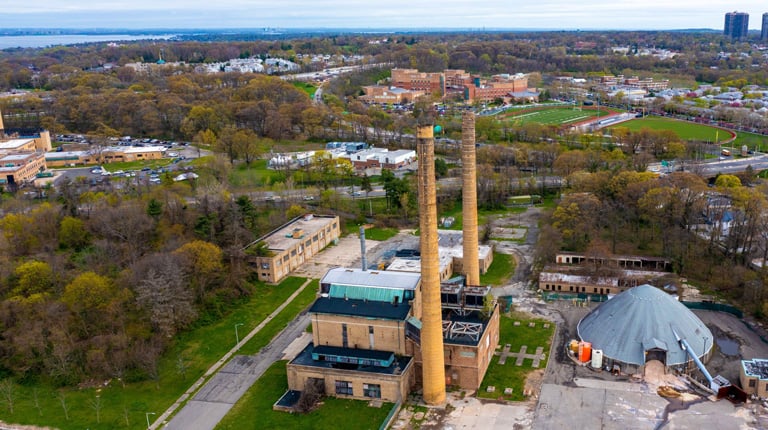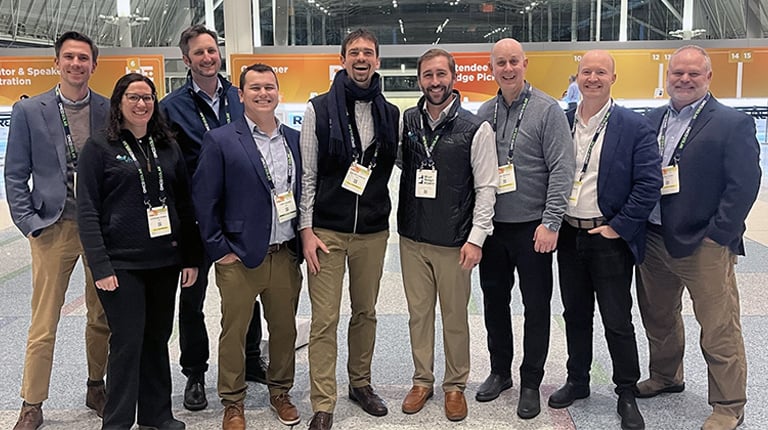
The Inflation Reduction Act (IRA) stands as a monumental leap toward a sustainable future, infusing $370 billion into initiatives aimed at combatting climate change, bolstering energy security, and driving clean energy innovation. At the core of this legislation is the Direct Pay Provision, designed to facilitate easier access to clean energy incentives for entities with minimal or no tax liabilities—offering a radical departure from traditional tax equity models.
To help navigate the IRA Direct Pay Provision and unlock the potential of clean energy tax credits for your organization, VHB has created a comprehensive guide, available for download today.
We sat down with Joel Serface, Director of Energy Innovation, to walk through the key highlights of the guide and explore the nuances and opportunities presented by the IRA's Direct Pay.
VHB: Can you explain the IRA Direct Pay Provision in simpler terms?
Joel: Certainly. Think of it as a way for tax exempt entities, like non-profits, municipalities, and public schools, to finally access the clean energy tax credits the government offers. Traditionally, these credits only went to large for-profit companies that would use them to reduce their taxes. Direct Pay allows previously excluded entities to claim the full value of clean energy tax credits, without having to go through complicated systems with investors.
VHB: What are the key benefits of Direct Pay?
Joel: There are a few big advantages, all detailed in VHB’s new guide. First, more organizations can now qualify for clean energy credits, creating a more equitable playing field. Second, the process is simplified—entities no longer deal with complex tax structures or third-party investors, enabling them to own their clean energy future. Additionally, organizations can receive a significant portion, up to 30 to 40 percent, of their clean energy investment upfront, directly from the Department of Treasury.
Ultimately, this allows organizations to contribute to a low-carbon future by leveraging clean energy financing solutions that drive cost-effective, resilient projects at a faster rate.
VHB: Which types of projects qualify for Direct Pay, and what factors should clients consider when applying?
Joel: Eligible projects span a broad range of renewable energy technologies. This includes solar panels, wind turbines, clean hydrogen production, and even electric vehicles and charging stations.
It is, however, key that your project meets certain standards set by the IRA. When applying, you should think about your long-term goals and what kind of system would best work for you.
VHB: Looking forward, what impact do you foresee from Direct Pay in the clean energy sector?
Joel: Direct pay is a game-changer. It’s going to make it easier for all sorts of entities to get involved in clean energy, which means more innovation, more green jobs, and a big boost towards a cleaner future for all.
By opening up access to clean energy financing, the IRA’s Direct Pay Provision essentially paves the way for inclusive growth and empowers communities to shape their sustainable futures. It’s a truly influential step forward in the clean energy revolution.
Explore VHB’s IRA Direct Pay Guide today to learn more.



